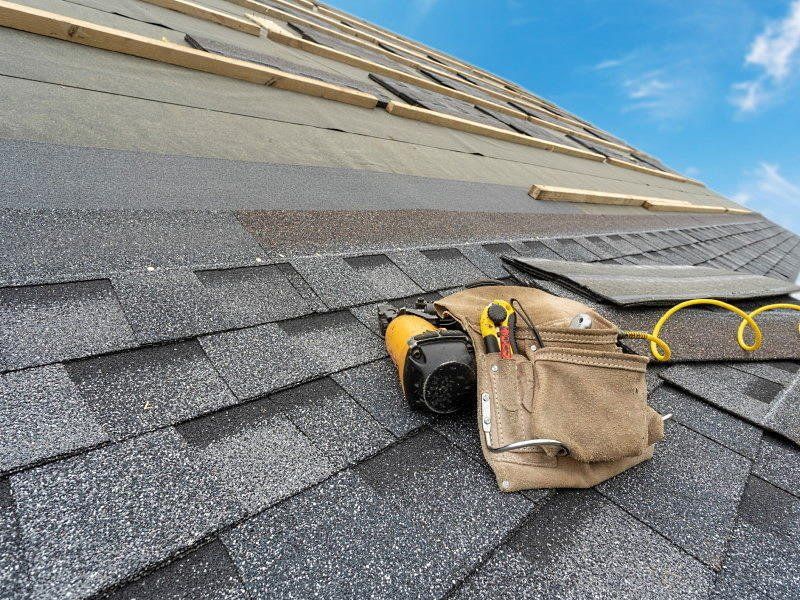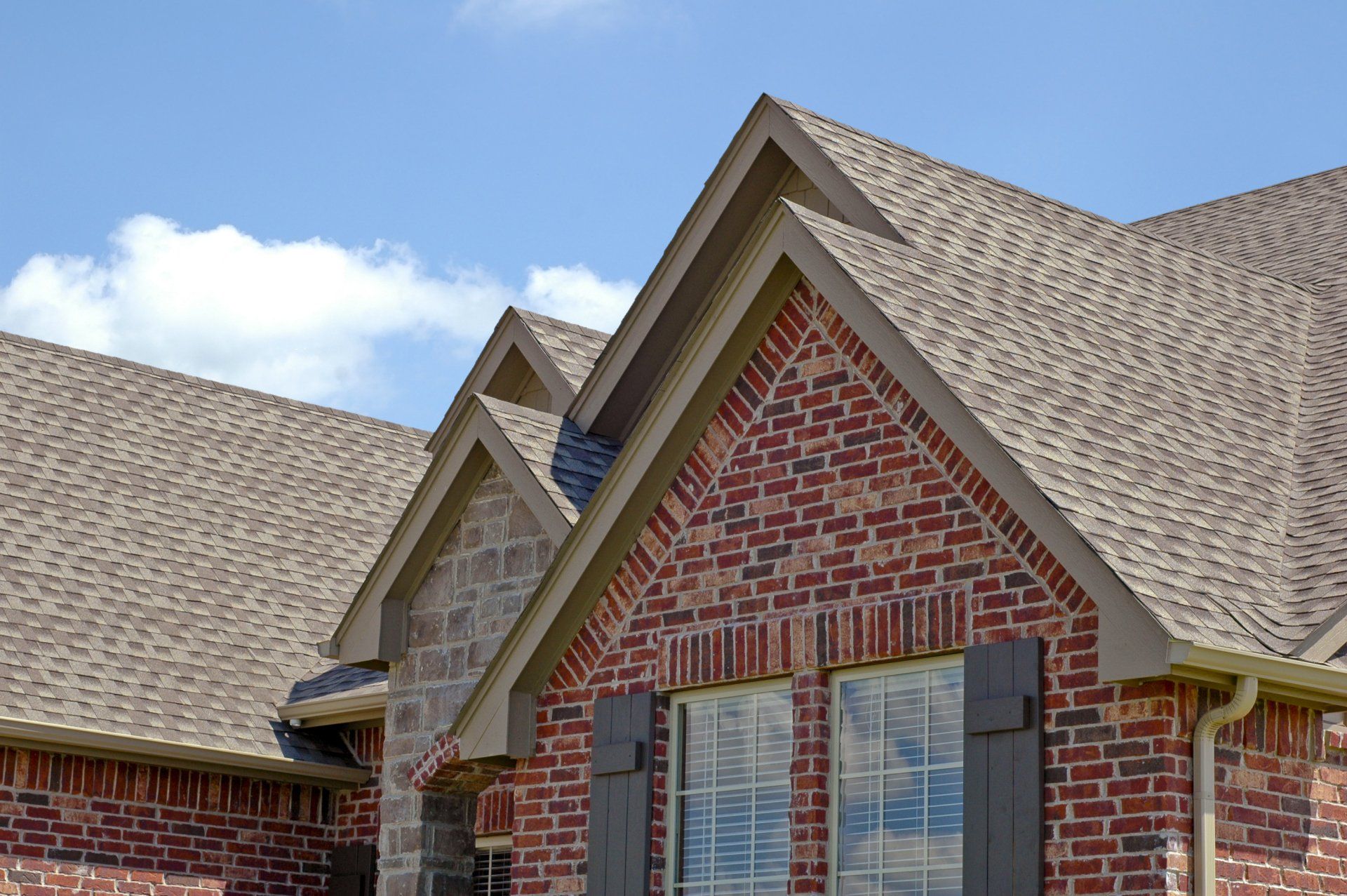Introduction
Roofing is actually a crucial part of any structure, influencing certainly not only aesthetic appeals yet sturdiness and servicing costs at the same time. The weather plays a notable role in calculating the performance and life expectancy of a variety of roof covering materials. From extreme sun light to hefty rains, various environmental conditions can considerably influence exactly how roof coverings carry out eventually. This short article looks into how weather effects various kinds of roof materials, supplying understandings in to picking the ideal roofing system options based upon regional climates.
How Climate Influences Different Kinds Of Roof Materials
Understanding exactly how weather condition socializes along with roof covering products is necessary for property owners, commercial residential property managers, as well as roofing contractors alike. Whether you are actually dealing with asphalt tiles, metallic roofs, or TPO roof covering, each product has its very own strong points as well as weak spots when subjected to a variety of climate conditions.
1. Effects of Sunlight on Roofing System Materials
Sunlight may be both a true blessing as well as an affliction for roof repair materials.

1.1 UV Radiation as well as Rooftop Longevity
UV radiations from the sunshine can easily cause considerable roof repair damage to certain kinds of roof materials gradually. As an example, asphalt tiles may degrade a lot faster under prolonged sunshine direct exposure, resulting in issues like buckling and brittleness.
- Asphalt Shingles: These can shed granules due to UV direct exposure, which lowers their lifespan. Metal Roofs: Usually extra immune to UV harm but can easily still vanish without correct coatings. TPO Roofing: Particularly created to demonstrate UV radiations, creating it an outstanding choice for energy efficiency.
1.2 Warmth Retention and also Energy Efficiency
The influence of heat on roofing system materials can certainly not be actually overlooked.
- Dark Roofs vs. Light Roofs: Dark-colored roof coverings absorb even more heat, potentially raising air conditioning prices in warmer climates. Energy-Efficient Options: A lot of modern-day roof are designed along with reflective residential or commercial properties that reduce heat energy absorption.
2. Storm and also Its Own Impact on Roof Covering Systems
Rain creates its distinct set of problems for different types of roofs.
2.1 Water-proofing Features
Waterproofing is crucial for keeping homes dry as well as stopping roofing system damage.
- EPDM Roofing: Known for its own superb waterproofing abilities; excellent for level roofs. Tile Roofs: Their design permits water to bolt conveniently however requires suitable setup to avoid leaks.
2.2 Drainage Considerations
Effective water drainage systems are actually crucial in areas prone to heavy rainfall.
- Rain Gutters: Effectively installed gutter can assist passage water far from the roof covering structure. Flat Roofs: Call for cautious attention to drain layout; pooling water can easily lead to major problems down the line.
3. Snowfall and Ice Impacts on Roofing Structures
For those residing in snowy areas, knowing snowfall load is essential.
3.1 Mass Considerations
Snow build-up incorporates notable weight to roofings:
- Metal Roofs: Their soft area permits snow to move off easily. Flat Roof covering Systems: Need support or even details styles to bear included body weight during winter months months.
3.2 Ice Dams Formation
Ice dams can easily induce extreme leakage issues:
- Proper air flow aids protect against ice dam buildup through always keeping the roofing temperature uniform.
4. Wind Protection in Different Roof Repair Materials
Wind may be a considerable risk depending on your geographical location.
4.1 Material Longevity Versus Winds
Different materials handle wind differently:

- Asphalt Shingles: Normally ranked for end up to 60 mph; much higher scores are available. Metal Roofs: Can easily stand up to winds surpassing 120 miles per hour when properly installed.
4.2 Setup Procedures for Wind Resistance
Proper setup procedures are critical:
- Use high-grade fasteners. Consider added securing strategies for susceptible locations like edges and also ridges.
5. Moisture Effects on Roofing System Materials
Humidity affects certainly not merely the aesthetic charm however also architectural integrity.
5.1 Mold and mildew Development and also Material Degradation
High humidity levels make an environment for mold and mildew growth:
- Asphalt roof shingles may trap moisture bring about decay. EPDM roof repair is actually much less susceptible to mold and mildew due to its own rubber-like properties.
5.2 Ventilation Necessities in Humid Climates
Ventilation plays a key part in taking care of humidity levels within attic rooms:
- Proper venting prevents dampness accumulation that could result in decaying lumber frameworks underneath the shingles or even tiles.
6. Extremity Temperature Level Fluctuations Affecting Roofing
Rapid modifications in temp can lead to development and also tightening in roofing system materials.
6.1 Thermal Shock Phenomenon
Thermal shock develops when harsh temperature level variations produce tension within the component:
- Can lead to fracturing or buckling in floor tile roofing systems or slate roof shingles or even adequately managed along with sufficient development junctions or flexible sealants.
FAQ Section
1. What form of roofing lasts longest in excessive weather?
The durability frequently relies on installation high quality; however, metallic roofing systems typically outmatch others because of their toughness versus wind, snowfall, as well as UV rays.
2. Are asphalt shingles suited for wet climates?
While asphalt roof shingles may do effectively in modest moist climates, they need routine maintenance as a result of potential mold and mildew development under higher humidity conditions.
3. Just how do I recognize if my roof needs repair?
Signs consist of visible leaks throughout lue-skies, skipping shingles post-windstorm, or hanging regions showing rooting building concerns needing prompt focus coming from a professional roofer.
4. Can I install new roof covering over aged shingles?
Yes! Numerous individuals decide on reroofing choices by layering brand-new tiles over existing ones; having said that, check out regional building regulations just before proceeding!
5. What is actually far better-- flat roof coverings or even sloped roofs?
Typically sloped roofings permit much better water drain compared to standard ones that demand strict layout consideration for efficient drain remedies-- each features perks depending on environment considerations!
6. Exist ecological choices available?
Absolutely! Many providers provide lasting roofing system services including eco-friendly roofs or even great rooftop bodies developed exclusively for energy productivity while being actually kind toward our planet!
Conclusion
In summary, knowing roofing contractors exactly how climate effects various forms of roofing system components is actually vital when making decisions regarding roof covering repairs or replacements-- specifically taking into consideration local climatic variants! Selecting necessary components ensures certainly not simply aesthetic charm however long-lasting sturdiness versus extreme aspects while improving functionality via effective energy make use of! Therefore whether you're checking into steel roofing systems' strength against tornados or going with TPO's reflective premiums-- you'll be well-equipped along with expertise essential guidance throughout your experience towards achieving high quality residential/commercial roofing solutions! Check out regional roofing professionals today that concentrate on evaluations guaranteeing every detail adds up in the direction of securing your investment with exceptional workmanship adapted specifically according demands determined naturally itself!